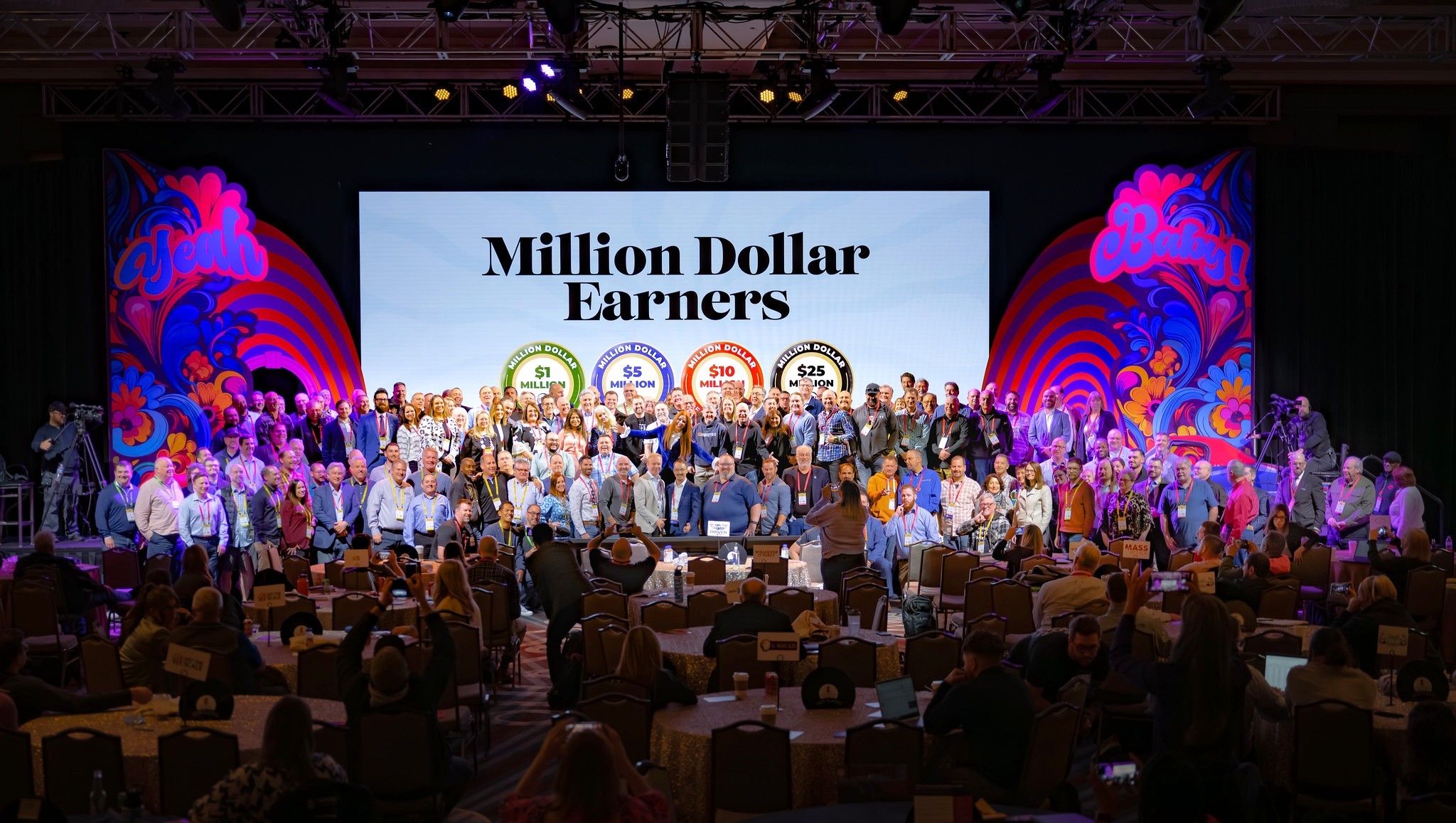DEFINING A VISION for who your company is and what it does is more than just a management exercise. The clearer you are about what your business stands for, who it serves, and what it aspires to become, the easier it is to make decisions about who you hire, what you offer, and who you market to.
Yet many MSP business owners “can’t think out three years from today on what their business looks like” because they are caught up in the day-to-day work, said former MSP Adam Bielanski, 2024 ChannelPro Advisory Group member and CEO of MSP+OS, an IT management consultancy and ConnectWise integrator. “They’re engineers,” he continued. “They just start their business and suddenly now they have a multi-million dollar or million-dollar business.”
These MSPs without formal business training have often “stumbled our way into success, and not that it’s bad, [but] all of the energy is not oriented in the same place and there’s a bit of the scattershot approach,” said Todd Kane, president of Evolved Management Consulting, an MSP growth advisory. That’s why both he and Bielanski encourage their clients to create a vision for their businesses.
“That vision and that alignment around what we’re ultimately trying to achieve helps everyone to agree upon what’s necessary to get done,” Kane explained.
A vision statement differs from a mission statement, said Paul Parisi, president of SaviorLabs, an MSP in Boxford, Mass. “The vision statement is, ‘What do you want to achieve as a company?’ The mission is how you do it.” Parisi explained that the vision helps answer the question, “What am I in this for?”
Bielanski recommends his clients create a three-year vision statement. He modeled his firm’s own 14-page plan on the book Vivid Vision by business consultant Cameron Herold. “It’s pretty detailed [and] comprehensive. It goes over finances, culture, what services we offer, and so forth.” It includes details such as what you want your office to look like, your brand and any associated swag, and your core values, he added. “It influences the type of people you hire as well as the clients that you’re going to be engaging with.”
For Bielanski, the No. 1 criteria for both employees and clients is culture fit, and that’s detailed in his company’s vision. “We want [clients] who want to invest in their own change, that’s one of our key things. If they don’t fit that then we don’t bring them on as clients.”
The vision document is typically “driven by a CEO,” continued Bielanski, who spent about two weeks writing his. “As you get larger, you need to have the executive leadership team being brought into those conversations. But at the end of the day, the CEO needs to deliver and take responsibility for what the direction of the company is.”
For Kane, who follows Gazelle’s Scaling Up performance framework, a vision statement is longer term and sets a “big, hairy audacious goal” or BHAG. “It is something that the company is trying to strive for and achieve, and it’s usually a goal that outlives everyone that’s working within the company. So, it’s at least a 10-year goal, sometimes a 30-year goal, or even a 100-year goal.” He highlighted this caveat: “It shouldn’t be something that’s so specific that it gets run over by the changes in the industry.”
Kane recommends boiling that down to one page. “At a planning perspective, it helps to simplify [and] make it more tangible and actionable for the team and it’s certainly a hell of a lot easier to communicate to people. If you go to your staff and say, ‘Here’s a 20-page business plan, I’d like you guys to read this over the weekend,’ I don’t think that you’re getting a lot of uptake on that.”
Sharing and reinforcing that vision is critical, said Kane. “If you have a vision and you’re the only one that knows about it, it’s not really a vision for the organization.” Employees need to understand what the vision is, why it’s important, and how it relates to the work they do every day, he explained.
Bielanski established a culture committee that is “responsible for upholding the core values, sharing the core values, sharing the Vivid Vision document, [and] making sure the employees are all engaged in some aspects of that vision.”
Prior to the MSP+OS merger, Bielanski shared his vision for his prior company, Sierra Pacific, in a company-wide meeting. He also established a culture committee that would be “responsible for upholding the core values, sharing the core values, sharing the Vivid Vision document, [and] making sure the employees are all engaged in some aspects of that vision.”
Aligning everyone in the organization with Sierra Pacific’s vision paid off, helping the company from from 15 employees to 40. It’s a practice Bielanski plans to continue with his new venure because “when every single one of my team members is marching to the same tune, we grow significantly.”
Image: iStock
Article Updated: Feb 23, 2024















